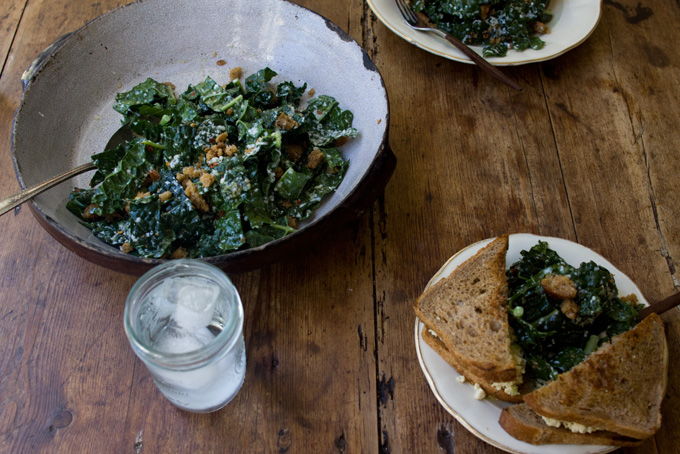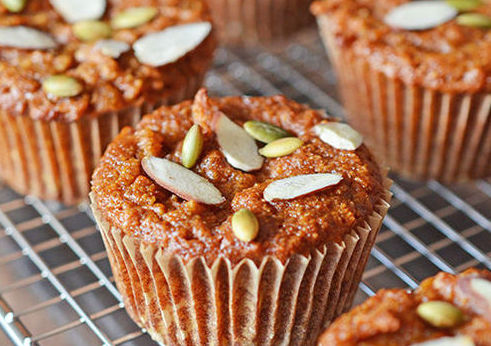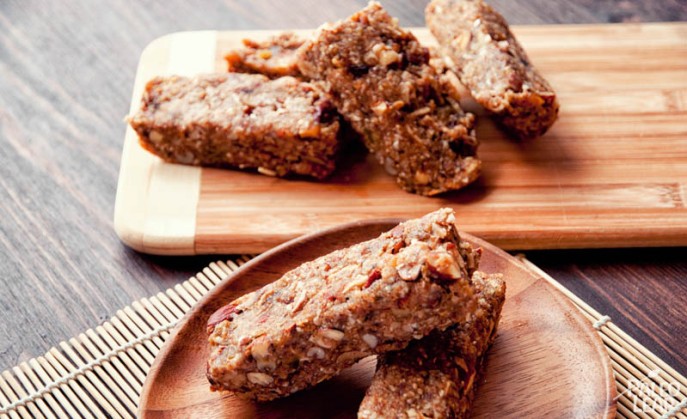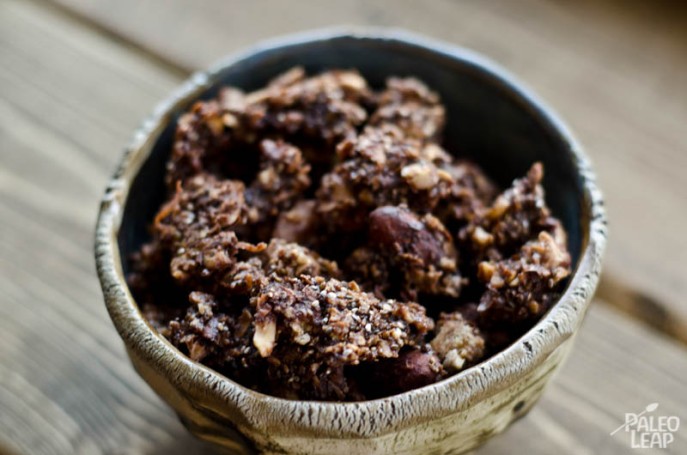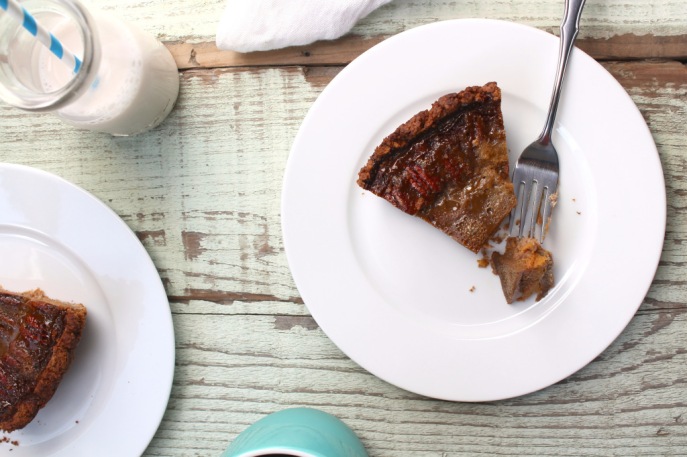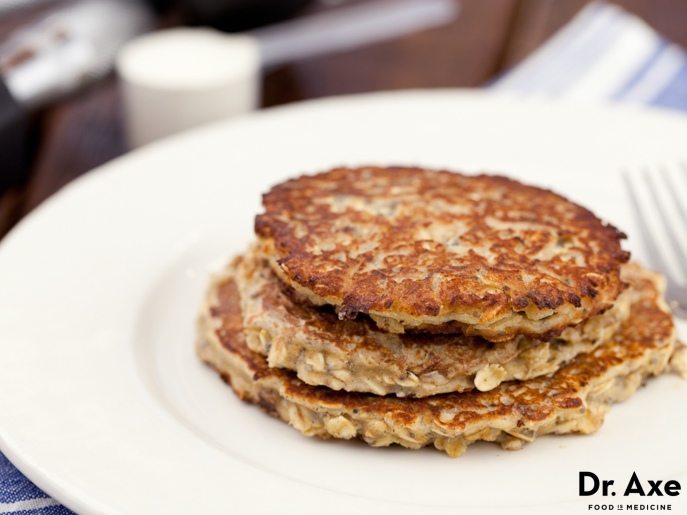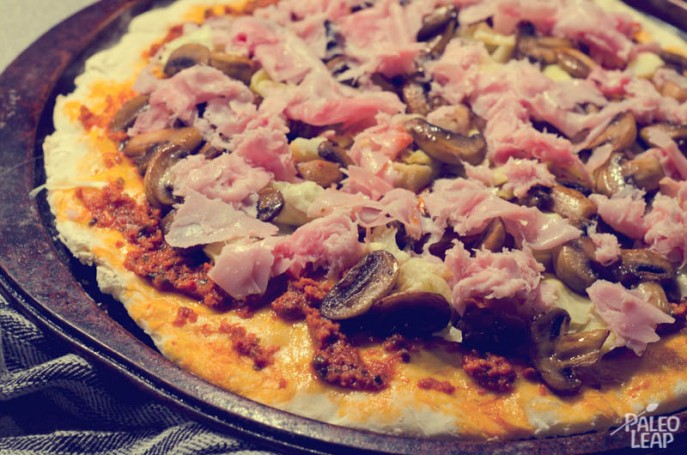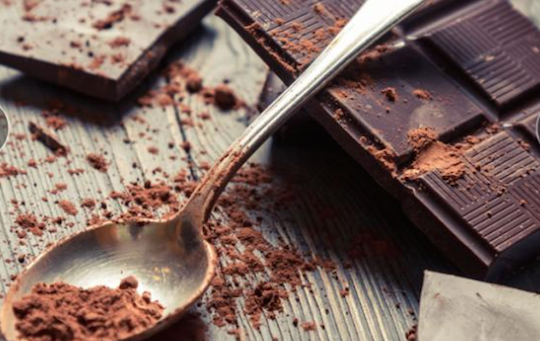Raw Tuscan Kale Salad
I doubled up on the breadcrumbs here. Because who doesn’t like a bit of extra crunch? That is reflected in the recipe below. And for those of you without access to pecorino, freshly grated Parmesan would be a reasonable substitute.
1 bunch Tuscan kale (for ex: black or lacinato)
2 thin slices country bread, or two handfuls good, homemade coarse breadcrumbs1/2 garlic clove
1/4 teaspoon kosher salt, plus a pinch1/4 cup (or small handful) grated pecorino cheese, plus adiitional for garnish
3 tablespoons extra-virgin olive oil, plus additional for garnish
Freshly squeezed juice of one lemon (scant 1/4 cup or ~50ml)
1/8 teaspoon red pepper flakes
Freshly ground black pepper to taste
Trim the bottom few inches off the kale stems and discard. Slice the kale into 3/4-inch ribbons. You should have 4 to 5 cups. Place the kale in a large bowl.
If using the bread, toast it until golden brown on both sides and dry throughout. Tear into small pieces and pulse in a food processor until the mixture forms coarse crumbs, or crumbs to your liking.
Using a mortar and pestle or a knife, pound or mince the garlic and 1/4 teaspoon of salt into a paste. Transfer the garlic to a small bowl. Add 1/4 cup cheese, 3 tablespoons oil, lemon juice, pinch of salt, pepper flakes, and black pepper and whisk to combine. Pour the dressing over the kale and toss very well (the dressing will be thick and need lots of tossing to coat the leaves).. Let the salad sit for 5 minutes, then serve topped with the bread crumbs, additional cheese, and a drizzle of oil.
Adapted from the Raw Tuscan Kale Salad with Chiles and Pecorino recipe in Melissa Clark’s In the Kitchen with A Good Appetite.
Prep time: 10 min – Cook time: 5 min
http://www.101cookbooks.com/archives/raw-tuscan-kale-salad-recipe.html
kale salad with pecorino and walnuts
 1/2 cup (105 grams or 3 3/4 ounces) walnut halves or pieces
1/2 cup (105 grams or 3 3/4 ounces) walnut halves or pieces1/4 cup (45 grams or 1 1/2 ounces) golden raisins
1 tablespoon white wine vinegar
1 tablespoon water
1/4 cup panko (15 grams or 1/2 ounce) or slightly coarse homemade breadcrumbs (from a thin slice of hearty bread)
1 tiny clove garlic, minced or pressed
Coarse or kosher salt
3 tablespoons olive oil
1 bunch (about 14 ounces or 400 grams) tuscan kale (also known as black or lacinato kale; this is the thinner, flatter leaf variety), washed and patted dry
2 ounces (55 grams) pecorino cheese, grated or ground in a food processor, which makes it delightfully rubbly (1/2 cup total)
Juice of half a lemon
Freshly ground black pepper or red pepper flakes, to tastePrepare walnuts: Heat oven to 350. Toast walnuts on a baking sheet for 10 minutes, tossing once. Let cool and coarsely chop.
Prepare raisins: In a small saucepan over low heat, simmer white wine vinegar, water and raisins for 5 minutes, until plump and soft. Set aside in liquid.
Prepare crumbs: Toast bread crumbs, garlic and 2 teaspoons of the olive oil in a skillet together with a pinch of salt until golden. Set aside.
Prepare kale: Trim heavy stems off kale and remove ribs. I always find removing the ribs annoying with a knife, because the leaves want to roll in on the knife and make it hard to get a clean cut. Instead, I’ve taken to tearing the ribs off with my fingers, which is much easier for me. Stack sections of leaves and roll them into a tube, then cut them into very thin ribbons crosswise.
Assemble salad: Put kale in a large bowl. Add pecorino, walnuts and raisins (leaving any leftover vinegar mixture in dish), remaining 2 tablespoons olive oil and lemon juice and toss until all the kale ribbons are coated. Taste and adjust seasonings with salt, pepper and some of the reserved vinegar mixture from the raisins, if needed. Let sit for 10 minutes before serving, if you can, as it helps the ingredients come together. Just before serving, toss with breadcrumbs and, if needed, a final 1 teaspoon drizzle of olive oil.
http://smittenkitchen.com/blog/2013/08/kale-salad-with-pecorino-and-walnuts/
Kale Salad with Miso & Pistachios
Ingredient List
- 1 1/2 pounds kale—stems discarded and leaves thinly sliced
- 3 tablespoons fresh lemon juice
- Kosher salt
- 2 tablespoons apple cider vinegar
- 2 tablespoons sesame seeds, lightly crushed
- 1 tablespoon brown miso
- 1 teaspoon dark brown sugar
- 3 tablespoons extra-virgin olive oil
- 2 scallions, thinly sliced
- 1/4 cup unsalted roasted pistachios, chopped
Instructions
Total Time: 25 min
Servings: 6In a large bowl, toss the kale with the lemon juice and a generous pinch of salt.
In a small bowl, whisk the vinegar with the sesame seeds, miso and sugar. Gradually whisk in the oil. Add the dressing to the kale and toss well. Scatter the scallions and pistachios on top and serve.
http://andrewzimmern.com/2014/01/27/kale-salad-miso-pistachios/

